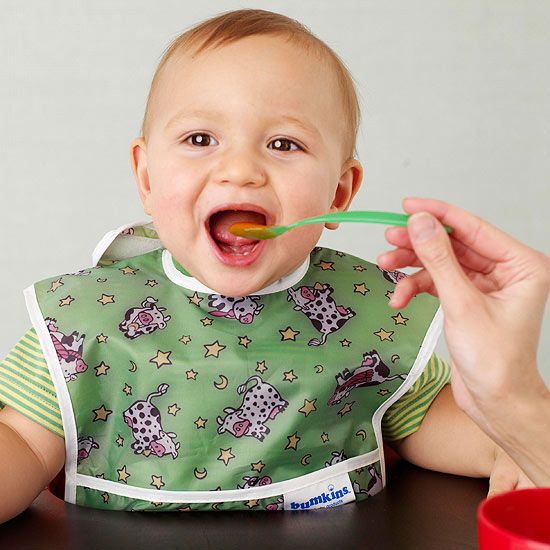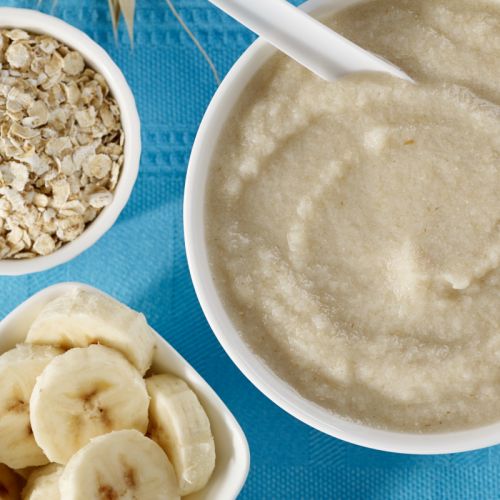What to feed a baby cardinal
What Do Baby Cardinals Eat? Know the Facts
In this article, we take a closer look at the feeding habits of baby red cardinal birds. Adult cardinals are ground feeders, with short, sturdy, striking red/orange beaks. So what do baby cardinals eat?
Baby cardinals typically eat seeds and insects that their mothers bring to them. They eat black oil sunflowers, safflower, and white milo seeds. Common bugs that baby cardinals eat are grasshoppers, beetles, kaydids, and leafhoppers.
The dietary requirements of the young cardinal seem to be more carnivorous in nature than adult birds. The adults bypass their usual seeds to search almost exclusively for small insects and baby spiders to feed their chicks. When the fledglings leave the nest, they also seem to prefer a diet of seeds, though dad might still stuff their mouths full of insects from time to time.
Despite primarily being ground feeders, cardinals are also happy to eat cracked corn, peanuts, and berries from a hanging bird feeder. Mainly granivorous birds, cardinals show a sweet tooth when berries are in season and the versatility to prey on small insects, spiders, and invertebrates.
Small chunks of suet on a bird feeder are also a welcome source of fat through the harsh winter months. Let’s dive into more detail on what baby cardinals eat.
Identifying the Northern Cardinal
Coloration
Common Range
Birdsong
Nesting
Laying and Incubating
What Baby Cardinals Eat
Fledging
Paternal Instincts
Predators
Popularity
Identifying the Northern CardinalAdult cardinals have a body length of approx 8″-9″ and a wingspan of 9″-12″ with an average weight of 1.5 oz. Males are a mix of bright reds, pinks, and russets. The females aren’t as bright, with more earthy tones of gray, tan, brown, and reddish-brown on the wings.
The males display a distinctive crest, in a vivid red color that lies flat or can be raised to extend vertically from the front of their heads. Used as a communicative aid in territorial displays and courtship, the red crest’s similarity to the caps worn by Roman Catholic Cardinals is what earned the northern cardinal its name.
Used as a communicative aid in territorial displays and courtship, the red crest’s similarity to the caps worn by Roman Catholic Cardinals is what earned the northern cardinal its name.
Author Note: Females also have a crest, though more understated than the male. The females can raise their crests as the males can, but they are less active in communication and don’t stand quite as proud.
Both males and females have markings that extend down the neck and above the beak to surround the eyes in the cardinal’s quintessential roguish mask. Again the male’s coloration is more vivid, showing a stark contrast of his black mask against the bright red. The mask of the female bird is generally lighter gray or brown and not as well defined.
Males and females also share the short, powerful, conical beak, perfect for getting through the tough husks of their preferred seeds. The beak of both genders is orange, but as you’d expect, the male’s is a bit brighter with a slightly redder tone.
Male cardinals obtain their red color plumage from carotenoids in their diet. Through their varied diet containing carotenoids of different colors, some birds, including the cardinal, can metabolize these different colors into the required color for the species.
Although extremely rare, northern cardinals have been documented to appear in a bright yellow color too. It is believed that this is a genetic mutation that stops the birds’ normal metabolization of carotenoids into the bright red that the cardinal is so well known for.
Common RangeCardinals are social birds that flock together throughout winter for security and warmth, and their flocks can include birds of other species too. Historically found in the southeast of the US, the cardinal’s common range has expanded north through the US and into Canada.
It is believed that their broad diet allows them to thrive in sub-urban areas, mainly due to people welcoming the songbirds to their gardens with bird feeders.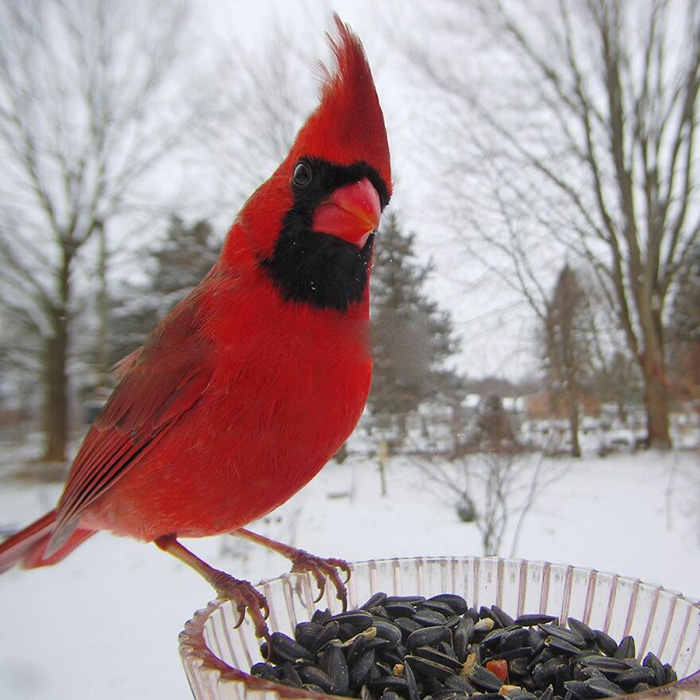
Part of the adult male’s numerous duties while rearing the young is to teach them to sing. Over time these songs are updated with different harmonies and maybe, like the game telephone, other lyrics.
With the spread of these little songbirds, so has the variety of their so much so that it is clearly different from location to location, almost like a regional dialect.
However, the short, metallic warning calls of the cardinal are similar across the country and provide a reliable early warning that is understood by many species. Somewhat uncommonly, the female birds also sing. Theirs is a similar but different song to the males, and they do not sing nearly as often.
NestingCardinals are non-migratory birds, and in early spring, the flocks begin to break into pairs. Mating season is less sociable, and males mark their territory with song, meeting interlopers with aggression. They will remain in the same region where they hatched, to mate and nest again.
Both male and female birds share the responsibility of building the nest, which can take as little as three or as many as nine days to complete. Cardinals make a new nest for each clutch of eggs and can lay as many as four clutches in the summer.
As part of the late courtship, a male cardinal will often advertise his ability to provide for his family by bringing seed to the female before work on the nest has even started. He will continue to cement their relationship and augment his mate’s diet, bringing her food (which looks like kissing) as well as nest building supplies.
It is the female bird that starts building the nest, and as such, it is believed that she decides on the location of the nest, but the male may have some input, of which we are unaware. The female is the engineer of the nest and deals with the majority of the construction work.
The male is the logistics manager; he collects the bulk of the required building materials and dietary supplements for the female, who then finds the best place to utilize his provisions.
After laying her 3-4 eggs, a female cardinal remains upon the nest to incubate for about a fortnight, when they begin to hatch at 11 – 13 days. During this time, the female will not leave the nest at all, providing constant warmth and protection to ensure the most significant number of eggs mature to healthy hatchlings.
Author Note: While the female incubates the eggs, she is totally reliant on her mate to feed her. With the female unable to fend for herself, the male cardinal comes into his own, making good on his early promises to provide for his mate.
Cardinals are vocal birds and communicate through song. Researchers believe female cardinals have developed a call that specifically tells her mate – “Bring food, the babies and I are hungry.”
What Baby Cardinals EatOnce the eggs hatch, the male will continue to collect food for the chicks and for the female as well. The female will also intermittently leave the hatchlings to feed herself and even collect food for the young.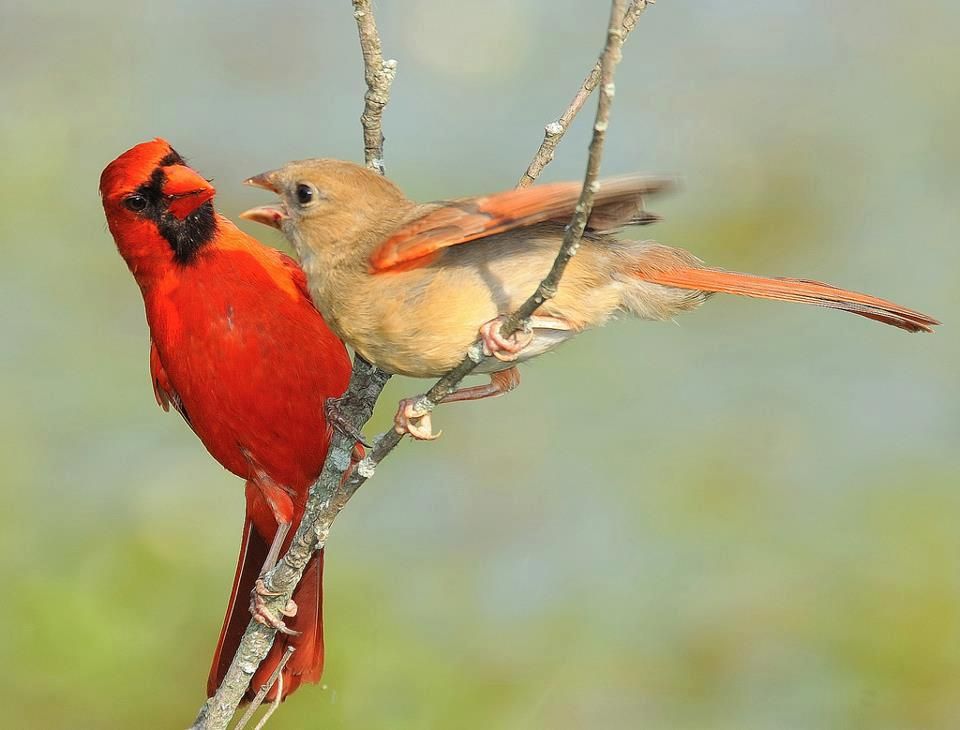
When collecting food for the young, it seems as if cardinals forgo their preferred seed-based diet. This may be due to seeking out the higher protein offered by small insects and baby spiders, or maybe just taking advantage of easy picking from the season’s bounty.
FledgingOnce the fledglings are able to fly, the adults continue to feed them while at the same time teaching them to fend for themselves. Mother birds can start to exert pressure on the fledglings to leave the nest from as little as ten days, but the caring male birds have been seen feeding young as much as 56 days old.
Paternal InstinctsThe caring paternal instincts of the male red cardinal is incredible. Not only do the males collect most of the building material for the nest, but they also sustain mother birds throughout incubation and early hatching. Males then continue to feed their young, sometimes for a month or more, after the mother’s patience has worn thin.
If it is an early hatching, fathers may continue to care for a previous brood while the female starts constructing a new nest for the next clutch of eggs. Even in this instance, the male will continue to feed his mate and bring her building supplies, all the while caring for the previous fledglings.
The most incredible of these paternal instincts are displayed when the male cardinal feeds young birds of other species. Males have been documented placing food in the mouths of various different species, including young sparrows, cowbirds, and even hungry Koi fish.
PredatorsMale cardinals are very alert to threats to the nest and patrol their territories relentlessly. Due to their vigilance against threats from the ground, cardinals are hunted almost exclusively by other birds such as falcons, hawks, eagles, shrikes, and owls.
Young birds and eggs can fall foul of a number of opportunistic hunters too, and these include snakes, blue jays, crows, cats, chipmunks, and squirrels.
The northern cardinal has been a favorite in the US for a long time. Kept as pets for their lively melodies, the songbirds were often found caged until 1918, when its sale as a caged bird was banned. The cardinal is so popular that it has been named the state bird of no less than seven states and is the mascot of several sports teams throughout the country.
It is no surprise that the cardinal is such a hit, with its bright colors and varied song, but another reason it is so well-loved is due to the caring nature of the male. Cardinal fathers seem to have a pathological need to feed not only their mates and young but pretty much anything with an open mouth.
Author Note: So if you have nesting cardinals near your home, don’t yawn while gardening unless you’d like a mouth full of baby spiders! We hope you found this article on what baby cardinals eat informative and useful.
Fly high friends!
How to Care for Wild Cardinal Baby Birds
By Sarah Goodwin-Nguyen | Updated September 26, 2017Things You'll Need
Margarine tub or basket
Box
Heat lamp or pad
Shredded newspaper
Rolled up cloth
Baby bird mash
Eyedropper / Tweezers
Large outdoor enclosure
Every year, wildlife rehabilitation facilities are presented with hundreds of baby cardinals.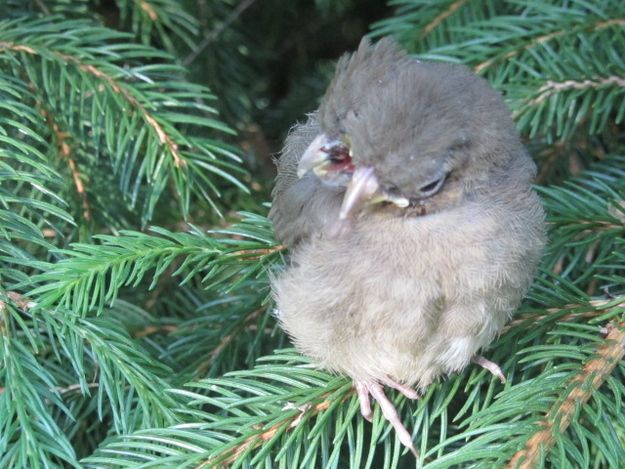 Some are accidentally "birdnapped" by people who assume a baby bird on the ground needs their help. Others are mishandled by well-meaning people who have no idea how to properly care for a baby cardinal. If you find a baby bird, be certain it needs your help before interfering. Then, find a licensed wildlife rehabilitator. If you are a vet or rehabilitator, or there are none in your area and you must care for the bird yourself, be prepared for the hard work ahead of you.
Some are accidentally "birdnapped" by people who assume a baby bird on the ground needs their help. Others are mishandled by well-meaning people who have no idea how to properly care for a baby cardinal. If you find a baby bird, be certain it needs your help before interfering. Then, find a licensed wildlife rehabilitator. If you are a vet or rehabilitator, or there are none in your area and you must care for the bird yourself, be prepared for the hard work ahead of you.
Determine if the Baby Cardinal Needs Help
Observe whether the bird is fuzzy or feathered. If the bird is feathered, it is a fledgling and is on the ground learning to fly. The parents are still caring for it. Leave it alone, or if it is in a place where humans, dogs or cats pose a threat, move it to a low tree branch nearby.
If the bird is fuzzy, but the parents are around, try to return the baby to its nest or construct a new nest out of a margarine tub (with holes for drainage) or a basket and some grass. Hang the new nest in a shady spot in a tree near the old nest and observe.
Hang the new nest in a shady spot in a tree near the old nest and observe.
Call a licensed wildlife rehabilitator in your area if the parents are dead, missing or have rejected the baby. Until you can get the bird to the rehabilitator, keep it in a quiet, warm place. Do not try to feed the bird.
If You Must Raise a Baby Cardinal
Place the baby cardinal in a box filled with shredded newspaper and/or rolled up cloth to simulate a nest. Keeping the baby on a flat surface may cause a muscular deformity called "splay legs." Change the bedding daily.
Keep the baby warm. Provide a heat lamp several feet away from the baby's box, or a heating pad set on low underneath the baby's box.
Make a mash of three-quarters dry dog or cat food soaked in water overnight in the refrigerator. The other fourth of the mash should be made up of soft fruits (berries and seedless grapes) and a grain mixture for baby birds such as Kaytee Exact Hand-Feeding Formula for Baby Parrots. Add a vitamin such as Vionate. For very small babies, food should be prepared in a blender as a warm puree and fed from an eye dropper. Larger nestlings or fledglings need solid food that is crumbled or cut to size, fed with tweezers
Add a vitamin such as Vionate. For very small babies, food should be prepared in a blender as a warm puree and fed from an eye dropper. Larger nestlings or fledglings need solid food that is crumbled or cut to size, fed with tweezers
Feed the mash to the bird at room temperature. Feed the baby bird every 15 minutes to 30 minutes from morning to night, or as often as it gapes (opens its mouth for food).
Move the bird to a larger cage or enclosure when it is feathered, but still indoors and in a warm area.
Place solid foods and tree branches in the bird's enclosure for the bird to investigate. Offer foods that are as close as possible to what the bird will find to eat in your area. Adult cardinals feed on seeds, grains, berries and insects. When the bird begins to eat on its own, cut down on hand feeding.
Move the bird to an outdoor enclosure once it is self-feeding. At this point, the bird should be eating a diet as close as possible to what it will find to eat in the wild.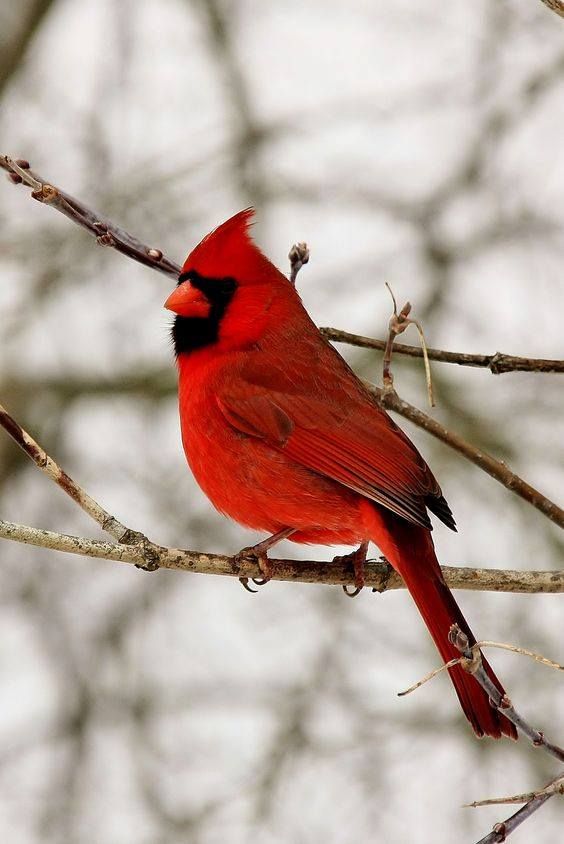 The cardinal needs to get used to the sights and sounds of the outdoors.
The cardinal needs to get used to the sights and sounds of the outdoors.
Perform a soft release when the bird is self-feeding and no longer begging for food. This means that you should open the cage door so the bird can leave when it is ready, but will still have the ability to return to its cage for food and water. Once you have not seen the bird for a few days, assume it has successfully made the transition to the wild.
It is not true that a mother bird will not accept a baby once a human touches it. Birds have a very poor sense of smell.
Warnings
Never feed a baby bird milk of any kind or bread.
Avoid contact with the bird beyond what it necessary to feed and clean its enclosure. An imprinted bird will not survive in the wild.
It is illegal to attempt to keep a wild cardinal as a pet.
References
- "The Complete Care of Orphaned or Abandoned Baby Animals; C.E. and Jackie Spaulding; 1980
- "Principles of Wildlife Rehabilitation; NWRA; 2008
Photo Credits
all about aquarium fish, feeding, care, breeding
Contents
Fish “Cardinal belongs to the cold-blooded, carp family. Such an unusual name was invented by sellers to increase the marketability and popularity of this type of aquarium pets.
Such an unusual name was invented by sellers to increase the marketability and popularity of this type of aquarium pets.
If you create comfortable conditions, the cardinal can grow up to 4 cm. The body of the fish is elongated and flattened from the sides, a neon strip runs along its entire length. The back is painted in dark brown colors with a noticeable green tint, and the sides are simply brown. As with other species, males are brighter and more colorful than females.
- Aquarium volume - from 60 liters
- Temperature - 14-22°C
- pH value - 6.0-8.5
- Water hardness - soft to hard (5-21dGH9) 900--09 Substrate type Muffled
- Water movement - weak flow or standing water
- Pisces - up to 4 cm.
- Temperament - Mirny
- Content in the group: from 10 individuals
Feeding
You can feed the cardinal with small dry and live food (daphnia, cyclops, bloodworms). Some fish owners practice feeding with pounded egg yolk.
Some fish owners practice feeding with pounded egg yolk.
Care and maintenance
Even a small aquarium is suitable for the cardinal. It is recommended to choose an oblong container, but not a cubic or round one. There should be a moderate amount of vegetation and sufficient light. A volume of 30-35 liters is quite enough for a flock of fish, consisting of 7-8 individuals. The cardinal often jumps out of the water, so it is advisable to cover the aquarium with a lid. Water must be enriched with oxygen, and also cleanliness must be monitored. Since the fish are cold-blooded, a temperature of 20-22°C is suitable, and during spawning a little higher than 24-26°C.
Breeding
In order for spawners to start spawning, they are placed in a separate tank and fed well with live food. With the advent of swimming fry, adults are returned to the general aquarium. The diet of young people consists of starter feeds, according to the type of live dust.
Aquarium fish: how to choose the right one
Before people who decide to have aquarium fish, there is a rather difficult question - what kind of pet to choose. With a good search, you will find that you will have to choose from almost 2,000 species of a wide variety of freshwater fish. On this page we have tried to collect all the necessary information about the aquarium fish - cardinal. If you have never had an aquarium before, you do not need to choose according to the principle - beautiful and ugly fish. It is necessary to take into account a lot of variables: what kind of food it prefers, the temperature and composition of the water, whether it is a predator or not, whether it is dangerous for humans, whether it gets along with other species, and much more. If classified conditionally, two large groups of fish can be distinguished:
With a good search, you will find that you will have to choose from almost 2,000 species of a wide variety of freshwater fish. On this page we have tried to collect all the necessary information about the aquarium fish - cardinal. If you have never had an aquarium before, you do not need to choose according to the principle - beautiful and ugly fish. It is necessary to take into account a lot of variables: what kind of food it prefers, the temperature and composition of the water, whether it is a predator or not, whether it is dangerous for humans, whether it gets along with other species, and much more. If classified conditionally, two large groups of fish can be distinguished:
- Easy-to-care fish - not demanding at all on environmental conditions, they can survive even under adverse conditions. They have high endurance by nature, because they live in places where water constantly changes its characteristics or disappears altogether for a while. However, for health and beautiful appearance, such fish need to be provided with the most similar conditions to their natural habitat.
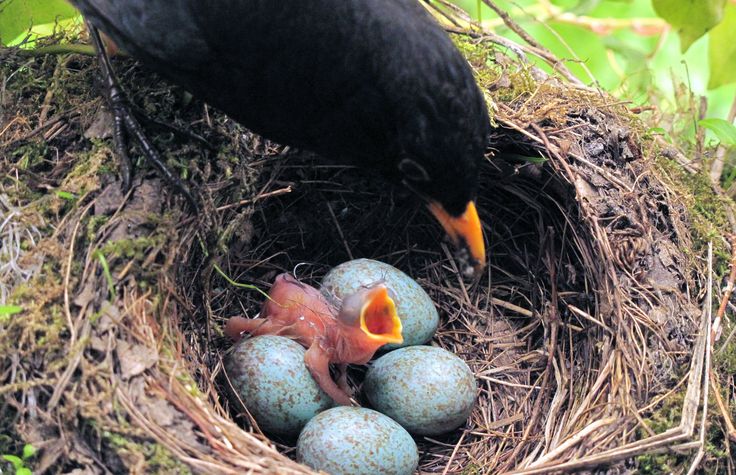
- Difficult to care for fish - most of them belong to the inhabitants of tropical latitudes. For them, you need to create special conditions in the aquarium, again, as similar as possible to the area where they live in nature. Such species rarely breed in captivity, so they are brought from the wild.
For a novice fish breeder, it is better to choose one of the most unpretentious species. In addition to the prospect of not coping with the care of the “capricious” fish, there is a danger of introducing an exotic disease that can harm the rest of the flora and fauna of the aquarium. If you liked the cardinal aquarium fish, carefully read the features, character, feeding, care and breeding of these fish.
Should I start - cardinal? Recommendations for the first purchase of fish
- Aquarium size and shape . It is necessary to decide how large the aquarium can be placed at home. Also, when choosing a place, you need to take into account the needs of future pets: water temperature, lighting and other nuances.
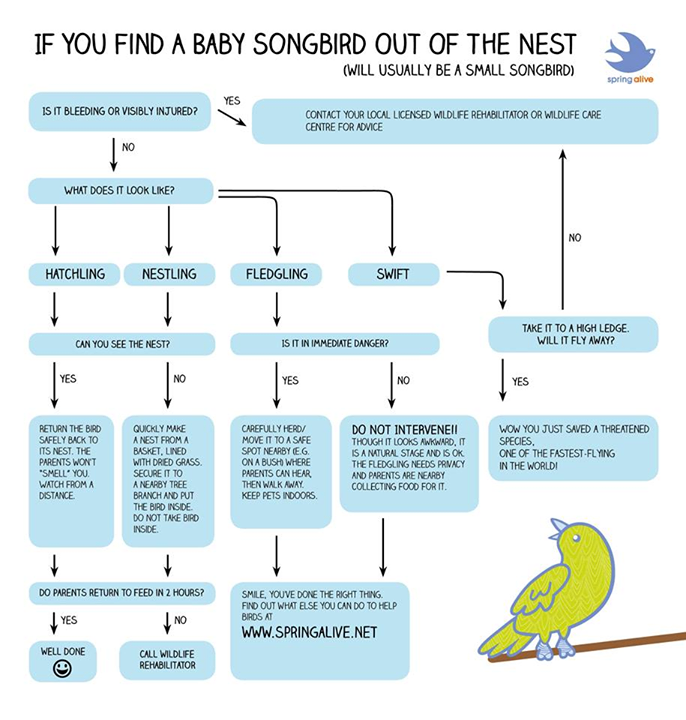 In the pet store, often the fish are still babies who will grow up, and perhaps they will be cramped.
In the pet store, often the fish are still babies who will grow up, and perhaps they will be cramped. - Fish size . The law of nature - the strong eats the weak - also applies to the inhabitants of the water kingdom. Even if the fish is not a predator, but larger in size, it can swallow babies. Smaller fish will always hide and be frightened, sometimes refuse food when there is an individual much larger nearby.
- Character and habits of fish . You need to find out in advance what kind of temperament your pet has. After all, fish have their own kingdom, where they can sometimes jealously defend their territory, show excessive activity or aggressiveness if they are predators. When choosing different species, it is worth making sure that they do not get along well with each other.
- Relationship within a view . Several males of the same species can get along well, without any conflicts, while others, on the contrary, will not be able to calm down until a competitor survives.
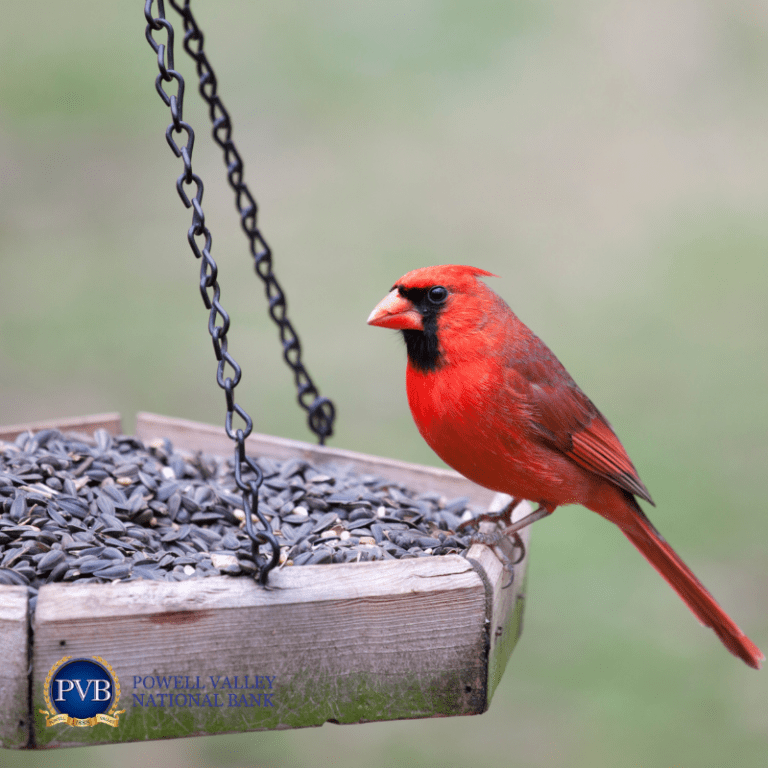 This applies to fighting fish, as well as some types of cichlids. Some breeds live exclusively in a pack, and alone they can simply die.
This applies to fighting fish, as well as some types of cichlids. Some breeds live exclusively in a pack, and alone they can simply die. - How to properly feed . Ask what your favorite fish prefers to eat. Some like to eat dry food, but for carnivores, give only meat or even live food. You need to decide whether you will be able to constantly buy worms, live bloodworms, larvae and other living creatures. And this “food” will need to be stored in the refrigerator, next to your products.
- Proper containment conditions . Each fish, including the cardinal, requires an individual approach, so these nuances need to be clarified in advance. There are species that are really difficult to maintain - both in terms of time and in terms of finances. This species includes Discus. And many well-known Guppies are completely picky and do not require special care. Separate requirements for water, because different breeds of fish live in different water: temperature, hardness, salinity.
 Selected pets can eat the same food and get along well together, however, warm water is required for one, and cooler for the other. As a result, it turns out that the species are still not compatible.
Selected pets can eat the same food and get along well together, however, warm water is required for one, and cooler for the other. As a result, it turns out that the species are still not compatible. - How and where to buy cardinal . Carefully choose the place where you want to buy a cardinal. If this is a pet store, pay attention to the conditions in the room, how the staff cares for the fish, evaluate the reputation of the institution. This will allow you to create an overall impression of the seller and decide whether something is worth buying in this place.
Cardinal fish: content, compatibility, photo-video review
Comfortable water temperature: 22-25 C.
Ph : 6.5-7.0.
Behavior: peaceful.
Cardinal fish compatibility: With all peaceful fish (zebrafish, blackthorns, speckled catfish, ancistrus, neon and other tetras).
Cardinals live shortly up to 2 years.
Cardinals (lat. Tanichtys albonubes) are schooling, agile, peaceful and unpretentious fish. Despite its small size (no more than 4 cm), this fish has a large number of admirers for its bright expressive coloring. The body is elongated, slender, slightly flattened from the sides in the front. Upper mouth. The back of the fish is light green, the belly is white. A bright light green or very light pink stripe runs along the entire body, which is comparable in brilliance to the brightness of neon stripes. The middle of the caudal fin is bright red with a black spot at the base. The back of the body is reddish. The dorsal fin is also red, the anal fin is lemon yellow fading to red.
In fact, the cardinals are similar in appearance to the neon, and some fans consider these fish to be relatives. But, as you know, there is no relationship between them. Cardinals - cyprinids, neons - haracins. An amazing whim of nature - such a resemblance. Even territorially, these fish are very far from each other. The habitat of neons is the reservoirs of South America, the cardinals live in the reservoirs of China.
Even territorially, these fish are very far from each other. The habitat of neons is the reservoirs of South America, the cardinals live in the reservoirs of China.
The name "cardinal" was chosen as a commercial brand by dealers (to increase sales). The name got into Russian literature when translating books on aquarism from German. In the English and Chinese versions, these fish are named after their habitat in China: "minnow of the mountains of white clouds." Then they began to be sold under various brand names, they were called Cantonese or Chinese zebrafish, false neon and cardinal. In China itself, these fish are known as the "Guangdong minnow" or "minnow of the mountain of white clouds."
Cardinals - a mobile species, living more in the middle layers of water. Males in the pre-spawning period can become territorial and "divide" the aquarium into zones of influence.
The conditions for keeping and caring for the cardinals are simple. The fish is ideal for not very experienced aquarists. It is better to choose an aquarium from 40 liters, and preferably more spacious. Elongated rather than square or tall is most suitable. A flock of cardinals looks especially impressive in a spacious herbal aquarium. Water for keeping cardinals: dH up to 20; pH 6.5-7.0; t 22-25 C. An aquarium with cardinals must have good filtration and aeration. This will ensure the absence of nitrogenous poisons in the water. As for any other fish, a high concentration of poisons is unacceptable for cardinals: ammonia, nitrites and nitrates .
It is better to choose an aquarium from 40 liters, and preferably more spacious. Elongated rather than square or tall is most suitable. A flock of cardinals looks especially impressive in a spacious herbal aquarium. Water for keeping cardinals: dH up to 20; pH 6.5-7.0; t 22-25 C. An aquarium with cardinals must have good filtration and aeration. This will ensure the absence of nitrogenous poisons in the water. As for any other fish, a high concentration of poisons is unacceptable for cardinals: ammonia, nitrites and nitrates .
Every conscientious aquarist should always have a set of drop tests at hand, at least for nitrate and phosphate. Fortunately, they have now become inexpensive, there are no problems with their assortment and acquisition. For example, we can in good conscience recommend you the cool drip tests UHE tested on ourselves, but they are sold only online. In the stores of your city - offline, you can find inexpensive Vladox 9 tests0067 . Follow your friends for nitrogenous compounds, keep them in check and everything will be with you and your pets in a bunch.
Follow your friends for nitrogenous compounds, keep them in check and everything will be with you and your pets in a bunch.
It would be useful for deep water changes - clean water supply, to use preparations that neutralize harmful substances. For example, Tetra AquaSafe - it removes chlorine compounds, heavy metals + contains B vitamins, iodine and other aquarium treats.
cardinal fish photo
Cardinals are absolutely unpretentious in feeding. The only caveat is that the food for them should be small and slowly sinking. This is due to their small mouth and the fact that they prefer to take food from the surface of the water.
We recommend for cardinals to take food from the Tetra MicroFood series, namely chips. In our opinion, the perfect food for these fast babies. The chips are small and sink very slowly into the water. Due to this, the fish have time to shake everything and fill their tummies to the top.
It should be noted that when buying any dry food, you should pay attention to the date of its manufacture and shelf life, try not to buy feed by weight, and also store food in a closed state - this will help to avoid the development of pathogenic flora in it.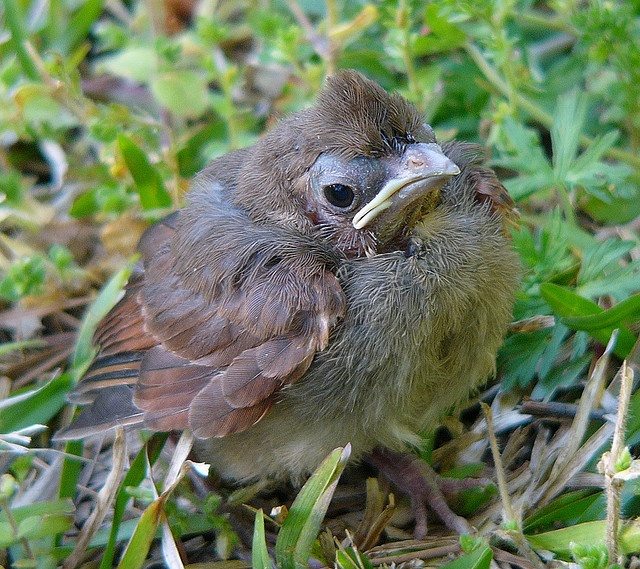
Breeding Cardinals is fairly easy. Fresh water is poured into a 10-20 l non-breeding aquarium, several bunches of plants are placed, a sprayer is installed and a group or pair of fish is planted. The ratio of males and females can be any, but the predominance of females is better. Dilution water: dH up to 10; pH 6.5-7.0; t 24-26 С.
Spawners are kept in spawning grounds for 10-15 days and fed abundantly with live food. The female lays several eggs daily. Producers usually do not eat caviar and fry. When floating fry appear, the producers are transferred to another spawning ground, and in the first they begin to feed the fry.
Starter food - rotifers, cyclops nauplii, ciliates, mashed egg yolk or just mashed dry food.
Cardinals can be bred in another way. Previously, they are seated for one week and fed plentifully. Then they are placed in a spawning ground for 3-4 days and again seated. This can be repeated 3-4 times.



